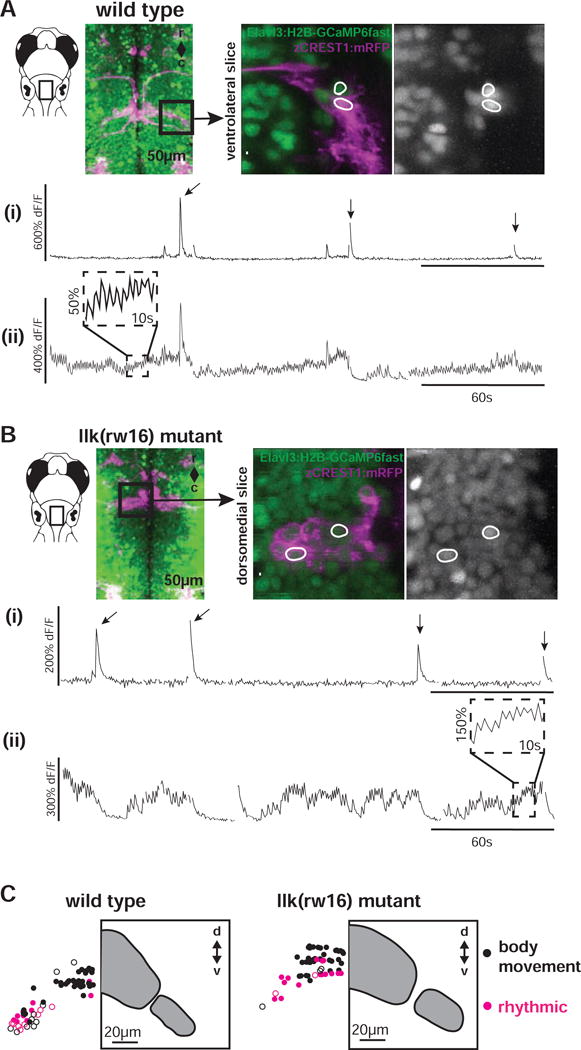Figure 6. Calcium imaging in intact larvae confirms patterns of FBMN activity, and reveals a robust functional spatial topography.

(A) In wild type larvae, some FBMNs exhibit only large, infrequent calcium transients during attempted body movements, while other FBMNs exhibit additional rhythmic activity. These two response types could be observed in neighboring FBMNs, as shown here. Outlined regions of interest (i and ii) correspond to the calcium traces shown in (i) and (ii). Sampling interval = 247ms. (B) FBMNs in llk(rw16) migration mutants also exhibit these two activity patterns. Sampling interval = 493ms. Arrows in (A) and (B) indicate large body movements. (C) In both wild type (left) and llk(rw16) mutant (right) larvae, there was significant overlap of neurons exhibiting infrequent-only (black symbols) and rhythmic (magenta symbols) activity, though rhythmic neurons were concentrated ventrolaterally (Table S2). Open symbols = neurons backfilled from the LO (operculum). Grey panels show the cross-sectional outline of the facial motor nucleus for each phenotype, based on backfill data shown in Figure 2. Number of fish used to assemble summary data: n=5 wild type (64 classified neurons in total), n=6 llk(rw16) mutant (60 classified neurons in total). All data shown here were obtained from unparalyzed fish at 5dpf.
